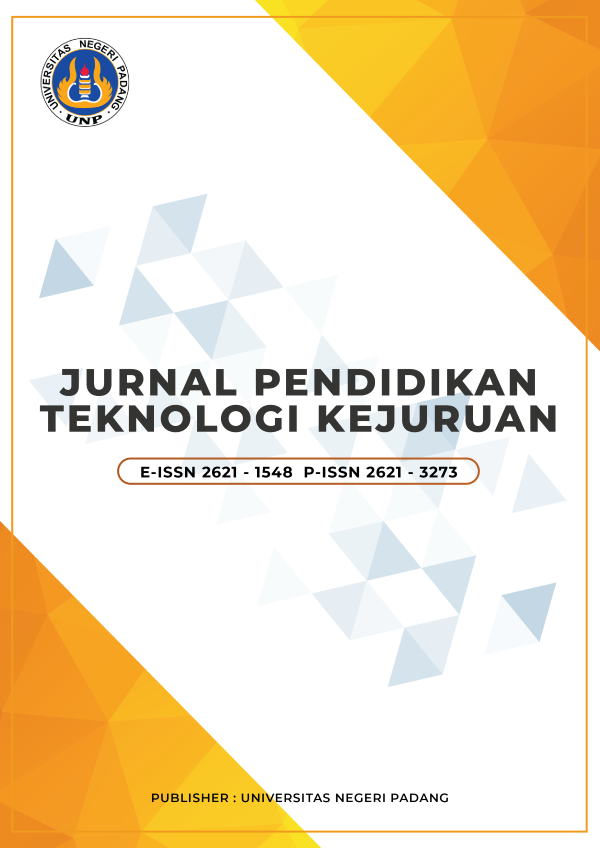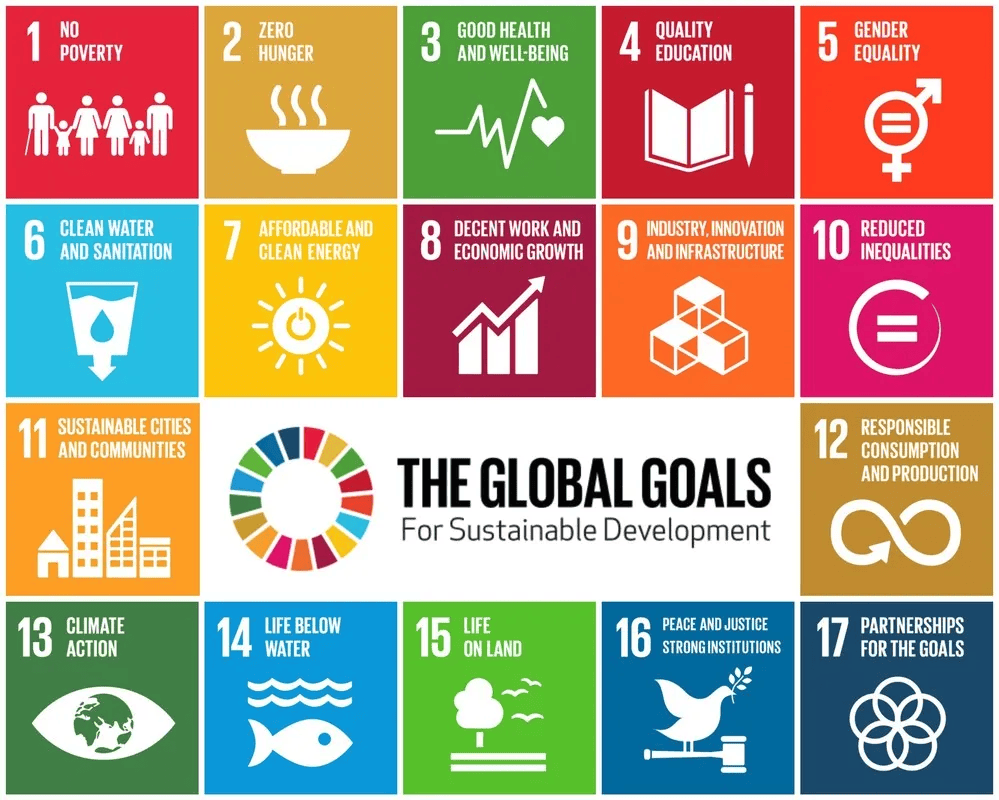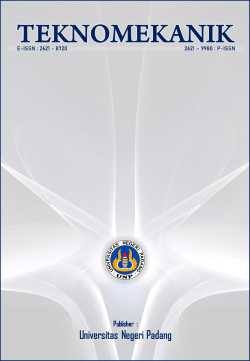Learning media development of lighting simulator in electrical maintenance training course for vocational education
DOI:
https://doi.org/10.24036/jptk.v7i4.40023Keywords:
Quality education, Learning media, Lighting simulator, Electrical maintenanceAbstract
This research aims to develop learning media for lighting systems in the form of lighting simulator to support learning in electrical maintenance training subjects. This research was conducted at the Motorcycle Engineering Department of SMKN 1 Pancung Soal. The main focus of this research is to assess the feasibility of learning media which is a lighting system simulator. It is a Research and Development, adopting the Four-D models introduced by Thiagarajan. The steps taken include define (defining or analysing problems to formulating development objectives), design (designing the media to be produced), develop (development is carried out after going through expert and user trials), and disseminate (dissemination which is introducing the media in training). The results of this research are in the form of learning media, supporting learning electrical maintenance training courses. The results of the feasibility testing on this lighting simulator in terms of media aspects scored 88% with the category ‘Very Decent’ and in the material aspect scored 84% with the category ‘Very Decent’. For the feasibility level, practitioners or users scored 89% which falls in the ‘Very Decent’ category. Based on the data from the feasibility test results conducted by experts, it can be concluded that this lighting system simulator is very feasible and can be used as a medium to support the implementation of the practicum of electrical maintenance training courses.
Downloads
References
Elmunsyah, H., & Rizza, M. (2018). The Effect of Laboratory Facilities and Teacher Competence on Student Learning Outcomes in Vocational High School (VHS). Letters in Information Technology Education (LITE), 1(1). https://doi.org/10.17977/um010v1i12018p018
Estriyanto, Y. (2021). Realizing the demand-driven paradigm in vocational education: A case study on vocational high school teaching-industry partnership program. Jurnal Pendidikan Vokasi, 11(2), 146–154. https://doi.org/10.21831/jpv.v11i2.39980
Jalinus, N., Sukardi, S., Wulansari, R. E., Heong, Y. M., & Kiong, T. T. (2023). Teaching activities for supporting students’ 4cs skills development in vocational education. Journal of Engineering Researcher and Lecturer, 2(2), 28–37. https://doi.org/10.58712/jerel.v2i2.95
Jalinus, N., Syahril, Haq, S., & Kassymova, G. K. (2023). Work-based learning for the engineering field in vocational education: Understanding concepts, principles and best practices. Journal of Engineering Researcher and Lecturer, 2(1), 9–17. https://doi.org/10.58712/jerel.v2i1.22
Johansson, S. (2010). Vocational Teacher Education. International Encyclopedia of Education, Third Edition, 744–748. https://doi.org/10.1016/B978-0-08-044894-7.00686-2
Le, S. K., Hlaing, S. N., & Ya, K. Z. (2022). 21st-century competences and learning that Technical and vocational training. Journal of Engineering Researcher and Lecturer, 1(1), 1–6. https://doi.org/10.58712/jerel.v1i1.4
Lee Ed., Y.-F., & Lee Ed., L.-S. (2021). Trends and Issues in International Technical and Vocational Education in the Indo-Pacific Region. In Online Submission (Issue October 2022).
Mayefis, R., Sukardi, S., & Usmeldi, U. (2019). Validity of Android Based Mobile Learning Media in Computer and Based Network Vocational High School. Journal of Education Research and Evaluation, 3(4), 239. https://doi.org/10.23887/jere.v3i4.22869
Novaliendry, D., Huda, A., Sanita, D., Putra, D. A., Feiyska Nasution, M. D., Putra, R. S., & Hidayati, R. N. (2021). Android-Based Network Services Application Learning Media for Vocational High Schools. International Journal of Interactive Mobile Technologies (IJIM), 15(20), 83. https://doi.org/10.3991/ijim.v15i20.23745
Syahril, S., Nabawi, R. A., & Safitri, D. (2021). Students’ perceptions of the project based on the potential of their region: A Project-based learning implementation. Journal of Technology and Science Education, 11(2), 295. https://doi.org/10.3926/jotse.1153
Thiagarajan, S. (1974). Instructional Development for Training Teachers of Exceptional Children.
BPS-Statistics Indonesia. (2024). Unemployment Rate by Education Level - Statistical Data - BPS-Statistics Indonesia. https://www.bps.go.id/en/statistics-table/2/MTE3OSMy/unemployment-rate-by-education-level.html
Waskito, Fortuna, A., Prasetya, F., Wulansari, R. E., Nabawi, R. A., & Luthfi, A. (2024). Integration of Mobile Augmented Reality Applications for Engineering Mechanics Learning with Interacting 3D Objects in Engineering Education. International Journal of Information and Education Technology, 14(3), 354–361. https://doi.org/10.18178/ijiet.2024.14.3.2057
Yangambi, M. (2023). Impact of School Infrastructures on Students Learning and Performance: Case of Three Public Schools in a Developing Country. Creative Education, 14(04), 788–809. https://doi.org/10.4236/ce.2023.144052
Downloads
Published
Issue
Section
License
Copyright (c) 2024 Yogi Yogi Dian Alfana, Ilham Yuliady, Zulfadli Zulfadli, Erik Fernandes

This work is licensed under a Creative Commons Attribution 4.0 International License.





